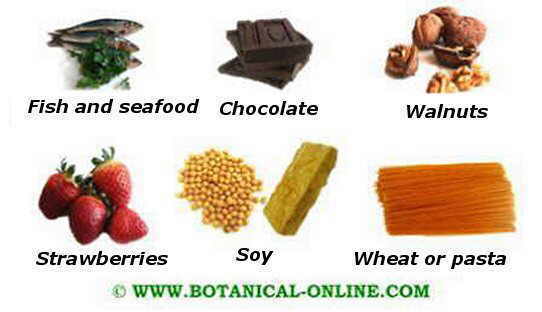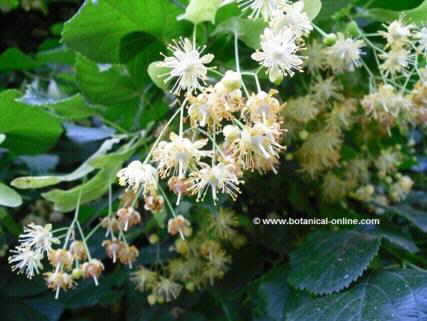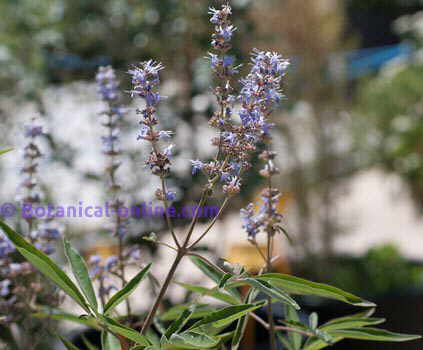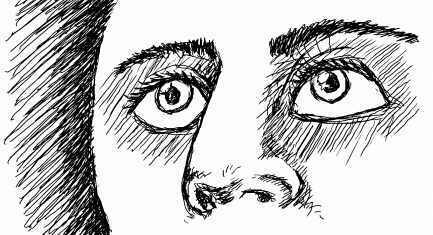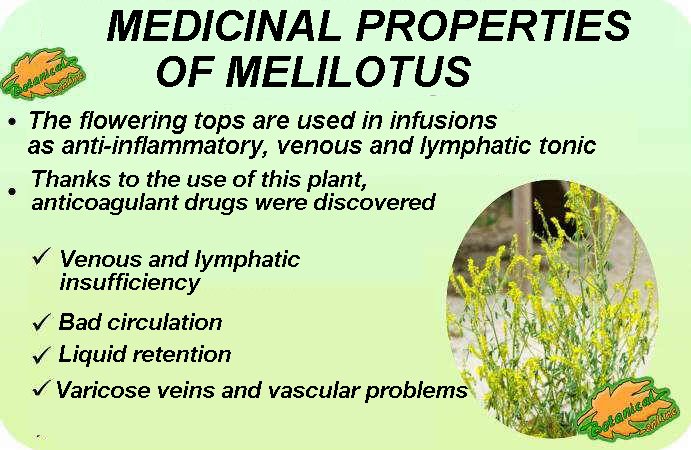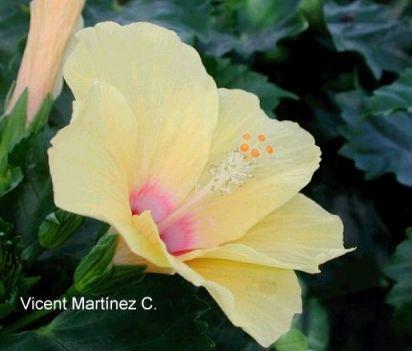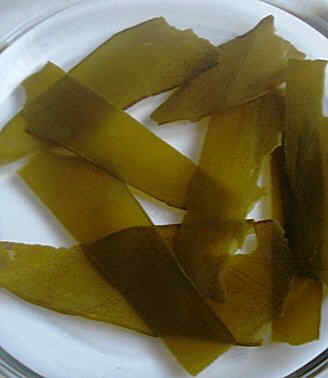Contents
How to cure urticaria with supplements
Vitamins for urticria
There is wide evidence that some supplements are particularly interesting in the treatment of allergic diseases such as allergic urticaria.
In case of frequent episodes of urticaria, you should consult with your doctor the advisability of using any of them. Among them we can mention the following:
– Supplements of Vitamin C: Most studies have been conducted on the role that vitamin C supplements have on the improvement of patients with hay fever. Some experts believe that its use could also be interesting to other patients whose abnormalities reflect a reaction to potential allergens. (The dose is usually 1000 or 1500 mg daily of supplemental vitamin divided into 3 doses) (in case of diarrhea, reduce the dose)
– Pyridoxine supplementation: Supplementation with pyridoxine (vitamin B6) is used especially for patients with asthma but may be useful for other types of allergic reactions. (100 mg daily divided into two doses)
– Cobalamin supplementation: Supplementation with cobalamin (vitamin B12) have been used for many allergic diseases.
Other supplements for hives
– Supplements of Reishi (Ganoderma lucidum): The content in this fungus of natural antihistamines is very effective in reducing allergic reactions (Take reishi supplements according to the patient information leaflet)
– Supplements of evening primrose: (Oenothera biennis) Evening primrose has got antihistamine properties that could be used in the treatment of urticaria, helping reduce the appearance of the characteristic “wheals” and reducing the itching.
– Quercetin Supplements: The use of this bioflavonoid supplements has been very interesting in the treatment of urticaria
“Folk Remedies” to treat urticaria
Some home remedies might prove useful tips to reduce the unpleasant symptoms of urticaria. Although the mechanism of them has been generally ignored by those who have used them, we know that in reality, they are based on three principles that help improve the conditions of urticaria: Refreshing the affected area, applying on it astringent components or combining the two principles, namely the cooling with the astringency.
– Refresh the affected area: The production of histamine in response to contact with an allergen leads to increasing blood flow to the area where there is swelling and itching. If you cool this area, you can cause vasoconstriction to decrease blood flow and achieve a lower contribution of histamines, thus managing to reduce the rash and reduce itching.
However, it should be noted that in some cases, urticaria occurs in response to contact with cold and, therefore, by cooling the area we would only exacerbate the problem.The truth is that contact urticaria never benefits from hot, quite the opposite, you should avoid applying heat over the affected areas, in order not to worsen urticaria symptoms.
Among the possible ways to cool the affected area, we could consider the following:
– Apply a cold compress on the affected area.
– Take a bath or shower with so cold water as possible.
– Apply ice to the area. Not to apply it directly. Put it in a cloth.
– Apply astringent components: These components are able to reduce production of fluids in the affected area, including the production of histamine and other chemicals that are responsible to cause the adverse reactions of hives.
Within the so-called “folk remedies” that respond to this principle we could consider the following:
– Apply a paste of cornstarch with vinegar: By means of adding a little vinegar to one cup of cornmeal, we can make a dough that can be applied on the affected areas.
– Apply a paste made with water and cream of tartar: The cream of tartar, which is used to make meringues or to raise egg whites, can be purchased at drugstores or confectionery centers. When mixed with a little water a paste can be made to apply on the affected area.
– Apply milk of magnesia: Milk of magnesia (magnesium hydroxide mixed with water) is an antacid used sometimes to treat heartburn and constipation. Applied externally, it can relieve itching.
– Combine the cooling and the astringency : That is achieved through cold water baths in which some astringent products have been poured. For example:
– Baths with water and baking soda: A bath with half a cup of baking soda will serve to soothe the itching.
– Baths with water and corn starch: A similar remedy is to bathe in water where a cup of cornmeal has been dissolved.
Phytotherapy for the treatment of urticaria
Many preparations made with plants can be used to treat hives. (See details in the chapter “Remedies for urticaria”)
![]() More information about urticaria and its natural treatment.
More information about urticaria and its natural treatment.

